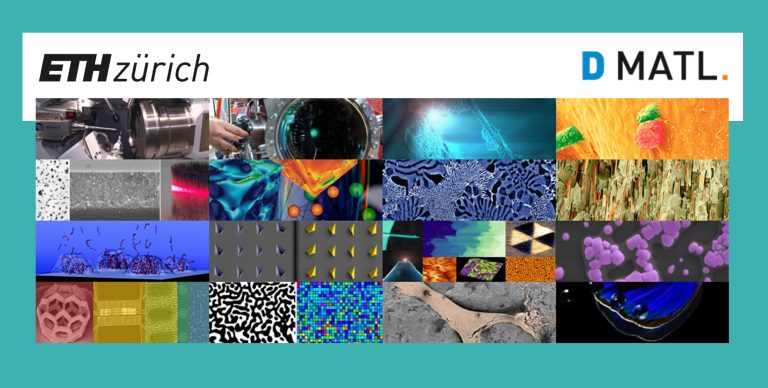
Electric and magnetic manipulation of colloids for materials and devices
Dr. Ahmet Demirörs External fields are a useful tool to manipulate materials without having contact. I will show two examples of how we used external fields, 1) for achieving bio-inspired composites with control on the orientation and position of the…